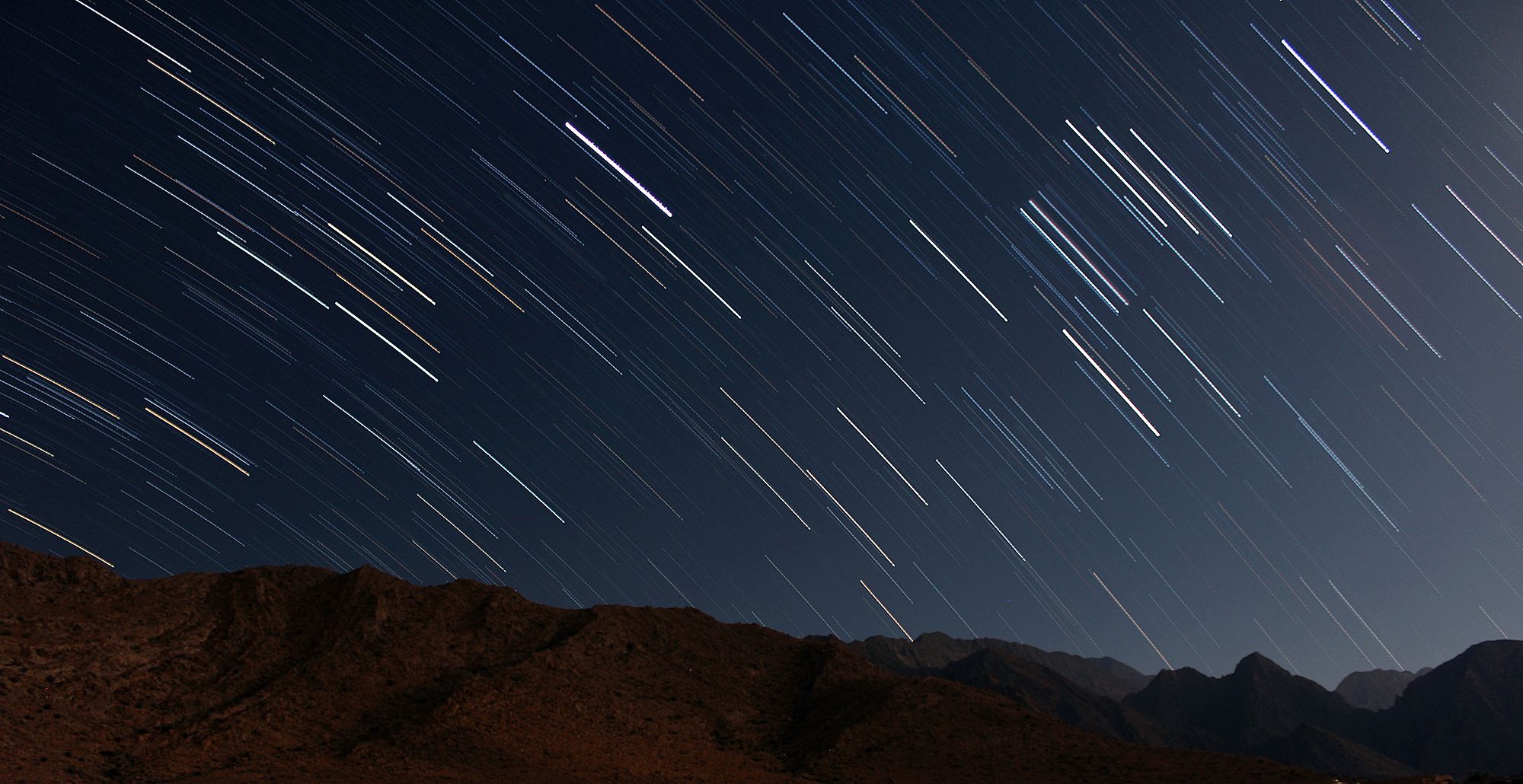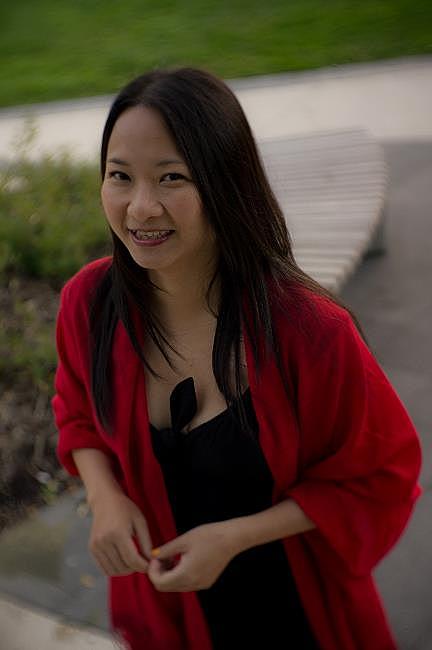Writing the End of the World
Karen Tay examines how historic dystopias tend to exhibit the anxieties of their times - and what the stories we produce might reveal about ours.
“This is the way the world ends
not with a bang, but a whimper”
T.S. Eliot, The Hollow Men
The world goes up in flames. The world is draped in the ashes of nuclear winter. The world is silent, punctuated by an occasional inhuman howl. The world meets an asteroid and loses. The world ends. It ends with a flash, a fizz, a thousand bangs, a whimper. It ends…
And begins again. Hope is the premise of most post-apocalyptic fiction. The clue lies in the prefix ‘post’ itself – the implication that there is something afterwards, other than the dark finality of the tomb.
Since the dawn of the novel in the early eighteenth century, writers have been fascinated by the apocalypse. Think of Mary Shelley’s 1826 book The Last Man, which tells the tale of the last days of humanity, doomed by the plague. Or H.G Wells’ The Time Machine, published in 1895, which features the terrible, unforgettable battle between the Eloi and the Morlocks, the last dregs of humanity.
Authors’ ideas of how the end of the world comes around are shaped by the generation and era they live in – world wars and their aftermath, climate change, nuclear power, aliens (from outer space, but often a thinly disguised symbol of racial tension), and various phobias: xenophobia, technophobia, homophobia, etc. Each decade brings a fresh way of writing the end of days.
The Cold War period, from the late 1940s to early 1990s, saw a proliferation of novels about the evils of nuclear warfare. Novels like Robert C. O’Brien’s Z for Zachariah, Nevil Shute’s On The Beach, Louise Lawrence’s Children of the Dust, Walter Miller’s A Canticle for Leibowitz and Pat Frank’s Alas Babylon all have the remnants of humanity reverting to a kind of primitive half-life in contaminated wastelands after the bomb, eking out an existence salvaging scraps from a fallen society.
That the tales are dire should come as no surprise, given the political climate of the time. Dr Jack Ross, Massey University Senior Lecturer of English and Media Studies, points out that the Cold War period was when the post-apocalyptic genre could first be said to come into its own. “The obvious point of origin is the atomic bomb blasts on Hiroshima and Nagasaki: after that, the apocalypse could not but seem only too imminent.”
Hope is the premise of most post-apocalyptic fiction.
The human mind, after all, is susceptible to cognitive biases, including the tendency towards optimism – towards hope. If that’s the case, perhaps authors who write about what happens after the world as we know it has ended could be considered optimists?
Scottish author Louise Welsh, in New Zealand on a writing fellowship, is working on the final book of her The Plague Times trilogy. These books have disease at the root of the apocalypse, but she sees her work as optimistic, and considers post-apocalyptic fiction “almost a love letter to the age in which you live. [We] live in this amazing period where we have fantastic medical care. I flew all the way over to New Zealand from Scotland – we have so much potential for transportation, for health. I was interested in people’s responses and looking at human nature. If you were a horrible, selfish person before the plague, what would you do? People do step up and do extraordinary things when the world asks it of them, but some don’t. Some become religious, some become laissez faire.”
It makes sense that fictional apocalypses are a reflection of our collective fears, anxieties and every-day worries as parents, lovers, friends, siblings, children and global citizens. No matter what shape it takes, the end of the world in novels is always a dystopia – a place no-one wants to call home.
NZ author Anna Smaill, whose brilliant dystopian debut novel The Chimes was longlisted for the 2015 Man Booker Prize, believes “apocalypses of memory are having a particular moment.” The Chimes is set in an alternate London where the populace is subjected to compulsory brainwashing that forces them into amnesia, so they live in a kind of perpetual fog of the mind, their everyday lives tightly controlled by a handful of shadowy elites who promotes a kind of uniform “groupthink” – frighteningly close to some of the nationalistic propaganda used by modern day dictatorships in places like North Korea, Zimbabwe and Uganda. “I wonder if it suggests a subterranean anxiety about our culture and the ways in which we preserve memory? I think perhaps we’re concerned about the way the proliferation of data, and the constant online performance of identity, might lead to a wider erosion of identity, a devaluing of individuality, maybe a lapse of cultural memory,” says Smaill.
In a way, writing the end of the world is a kind of performance of death. As Welsh aptly put it “we need death in order to exist, without death there is no life.” As any good dramatist knows, reality doesn’t always make the best theatre. That’s why post-apocalyptic fiction must always have the element of pathos, often represented by the recurring theme of loss – whether of identity, a relationship or the physical world. Taken in context of the genre, the end of the world is about the loss of what was, and what could have been.
The Orwellian apocalypses of the 40s and early 50s were about the erosion of civil liberties, a warning against the small, daily losses that can grind down a society and turn people into unthinking automatons. George Orwell lived in fear of the rise of totalitarianism, and this was reflected in the language he invented for his books: terms like ‘doublethink’, ‘thoughtcrime’ and ‘thought police’, which have over the decades seeped into modern jargon. Fast-forward to the 2000s, and Justin Cronin’s The Passage trilogy, which has a man-made vampire virus at the heart of the apocalypse, is concerned with the concept of the human soul and its saving. The characters are forced to confront, and later redefine, what it means to be human – what sets them apart from the beasts, and whether it’s possible to save the man from the beast.
It’s interesting to muse on what shape we see the end of the world now, after the Cold War. Other, more terrible wars have taken place since then: in the Middle East, in Africa, guerrilla terrorism all over the world. There’s the rising threat of global warming and climate change, which has given birth to a new sub-genre of the post-apocalypse: cli-fi, or climate change fiction.
Margaret Atwood’s Oryx and Crake trilogy, the first book of which was published in 2003, brought cli-fi into the literary mainstream. Though the apocalypse itself was hastened along by a man-made virus, the characters in Oryx and Crake were already living in a world severely affected by climate change, which in turned forced humanity to push the boundaries of genetic engineering, something that – inevitably – led to our downfall. There are university classes in the US taught on the subject of cli-fi now. But has the trend peaked, or will it become an ossified trope of eschatological fiction?
No matter what shape it takes, the end of the world in novels is always a dystopia – a place no-one wants to call home.
Dr Ross of Massey University believes we’ll see the subgenre simmer down. “I edited a book of short stories by NZ writers called Myth of the 21st Century, in which my co-editor Tina Shaw and I invited contributors to speculate on what would be dominant myths, or themes, or memes of the coming century,” he says. “I expected a lot about climate change – both Tina and I wrote stories dominated by the notion – but it was interesting to me how little it figured in other writers’ visions. There's a wonderful early short story by Arthur C. Clarke in which the glaciers are returning to crush our cities, but for the most part there was a residual optimism in twentieth century science fiction writers, which led them to postulate escape into the cosmos as the answer to climate change. Now, in our more down-beat times, we can no longer really believe such things.”
If writers are moving away from cli-fi, it may be that the genre is now uncomfortably close to home. With extreme weather patterns causing unprecedented droughts and super storms, and scenarios like Arctic ice melting at an alarming rate, suddenly the scenario of an earth wiped out by environmental disasters is no longer fiction. It’s news.
An examination of current post-apocalyptic fiction shows that much of the stuff doing well is Young Adult fiction. Suzanne Collins’ The Hunger Games, set in a dystopian post some-kind-of-fall world where children are pitted against each other in a deadly battle for the sake of entertainment, is one of the most successful YA series of recent times. Then there’s Veronica Roth’s Divergent series, James Dashner’s Maze Runner trilogy (which also spawned two prequels and a film franchise), the lesser-known Last Survivors trilogy by Susan Beth Pfeffer and the New York Times’ bestselling post-apocalyptic zombie YA series (ticking all the boxes) The Forest of Hands and Teeth, by Carrie Ryan.
Why this proliferation of YA fiction about the world ending? Dr Ross thinks it’s because youthful readers are ‘extremists’. “They want something grand and overarching, and are ready to be radical in their opinions. They lack the protective cushioning and inertia of older readers. That’s one reason why genuinely revolutionary texts, such as Huckleberry Finn, say, or Catcher in the Rye, are so often aimed directly at a childish or adolescent audience.”
Perhaps it’s not so surprising that the idea of a cataclysm ending life as we know it, so that the world may be built anew, is appealing to young audiences, living as they are in a society that is often beyond their control. Smaill thinks adolescence itself
is a kind of dystopian experience. Young adults must fit into a world that is controlled by (often despotic) adults. They experience their bodies as a source of strange power, discomfort, and even potential enmity. It’s also an age of potent idealism. As a teenager, you’re able to see the falsities of the social world with a sharpness and clarity that often fades with adult pragmatism. As a young adult, you’re entering a strange new world in which you have to forge ahead on your own, instil a new order, make your own decisions and rules. It’s an age of revolution and fear and intensity, and it’s the end of the world in its own right. It seems instinctive that you’d seek out fiction that captured both the threat and promise of that experience.
Perhaps, then, what we see in writing the end of the world is the closing of the circle. Apocalypses have been caused by nuclear war, killer plagues and man-made epidemics, rogue technology, climate change, even the current resurgent interest in zombies (with mainstream offerings like World War Z, and the wildly popular The Walking Dead comics and TV series). Each decade brings a unique set of challenges to humanity, but also another way for authors, the memory-keepers of society, to record our collective fears, anxieties and doubts about the future: to imagine both the destruction of the old, but also the beauty of the new rising out of death.


